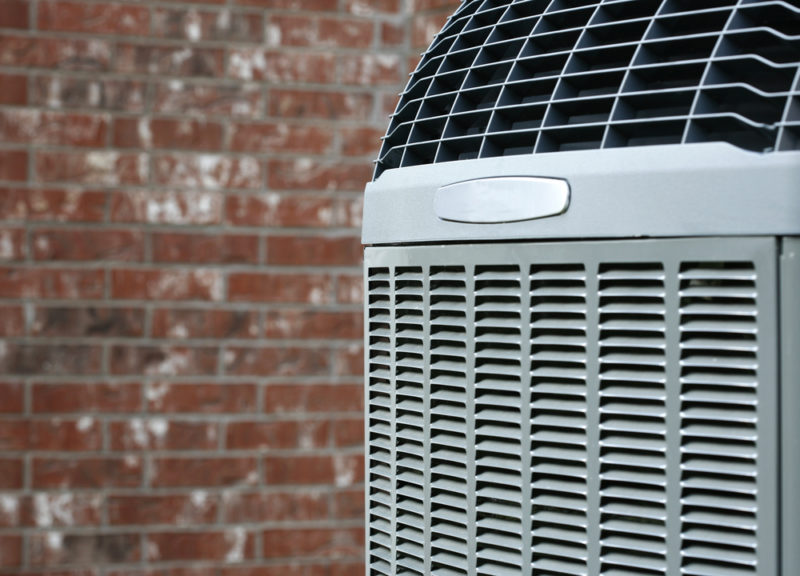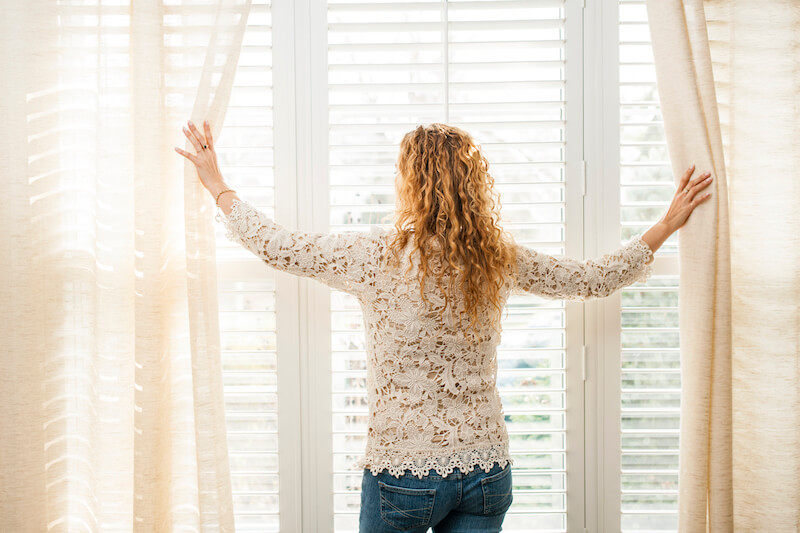
by GroupM7 | May 20, 2018 | Blog
Home Residential Commercial Specials Financing Products Learn More Contact The Most Efficient HVAC Units for New Buildings May 20, 2018 No matter what type of residence you have in Longview, Texas, it’s important to operate the most efficient HVAC unit. Due to the...

by GroupM7 | May 15, 2018 | Blog
What Does REME technology mean for Longview TX? Feb 3, 2012 Landscaping can play a major role in your Longview, Texas, home’s efficiency. Learning how landscaping affects your home’s efficiency can help you plan new projects or complete minor revisions to reduce...

by GroupM7 | May 10, 2018 | Blog
What Does REME technology mean for Longview TX? Feb 3, 2012 Plants are one of the best natural ways to improve indoor air quality. Acting as intrinsic filters, they can help keep your home’s air clean, which can reduce pollens and other irritants. Here are three of...




